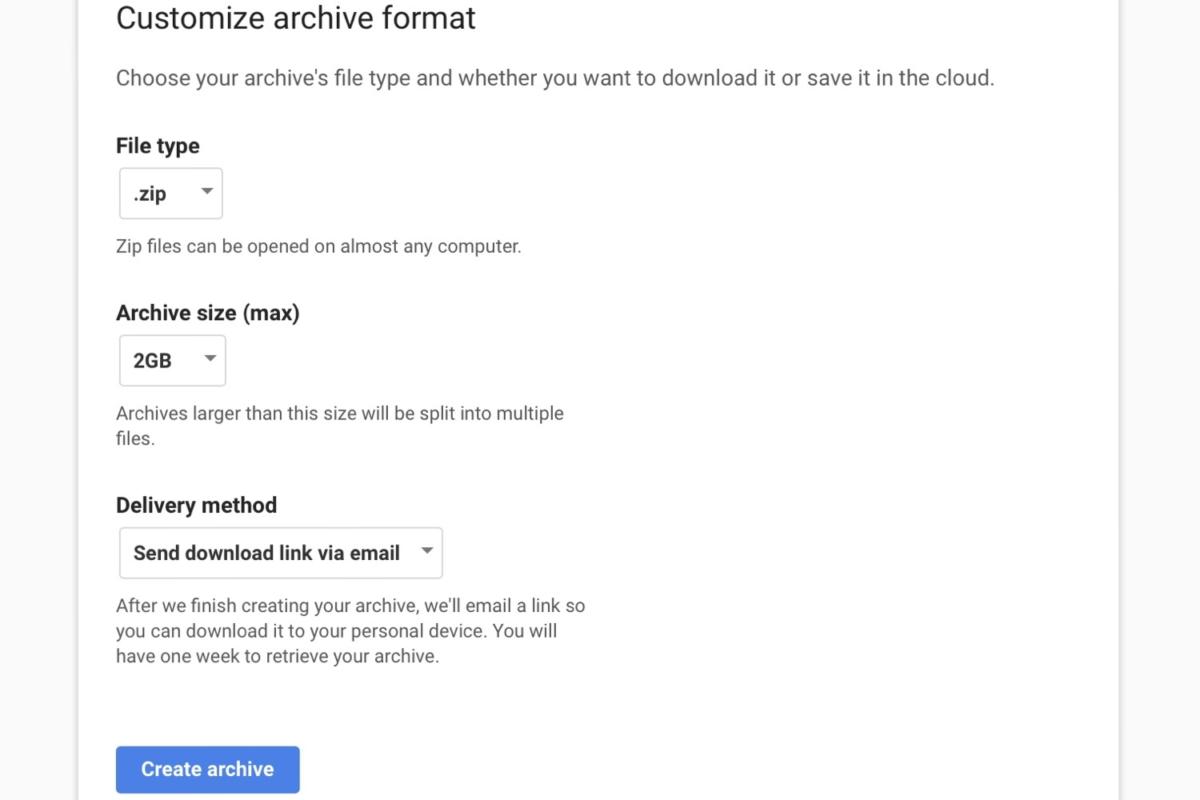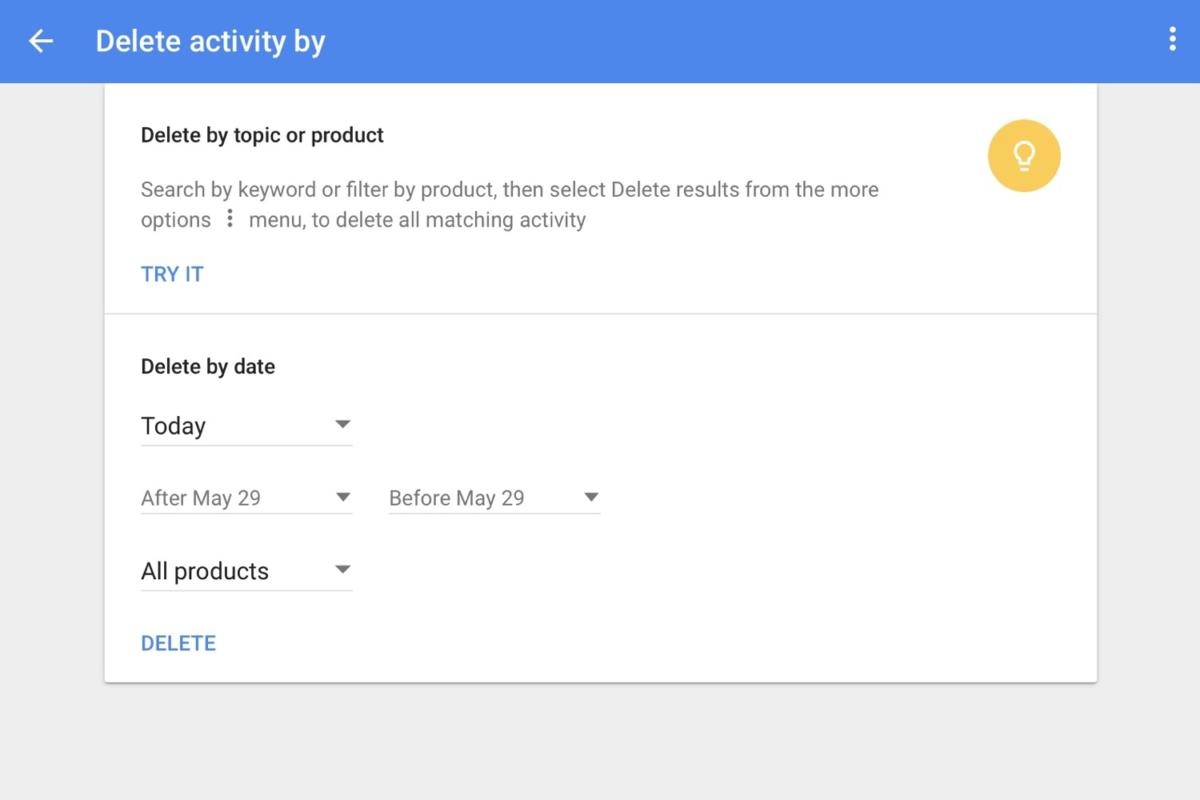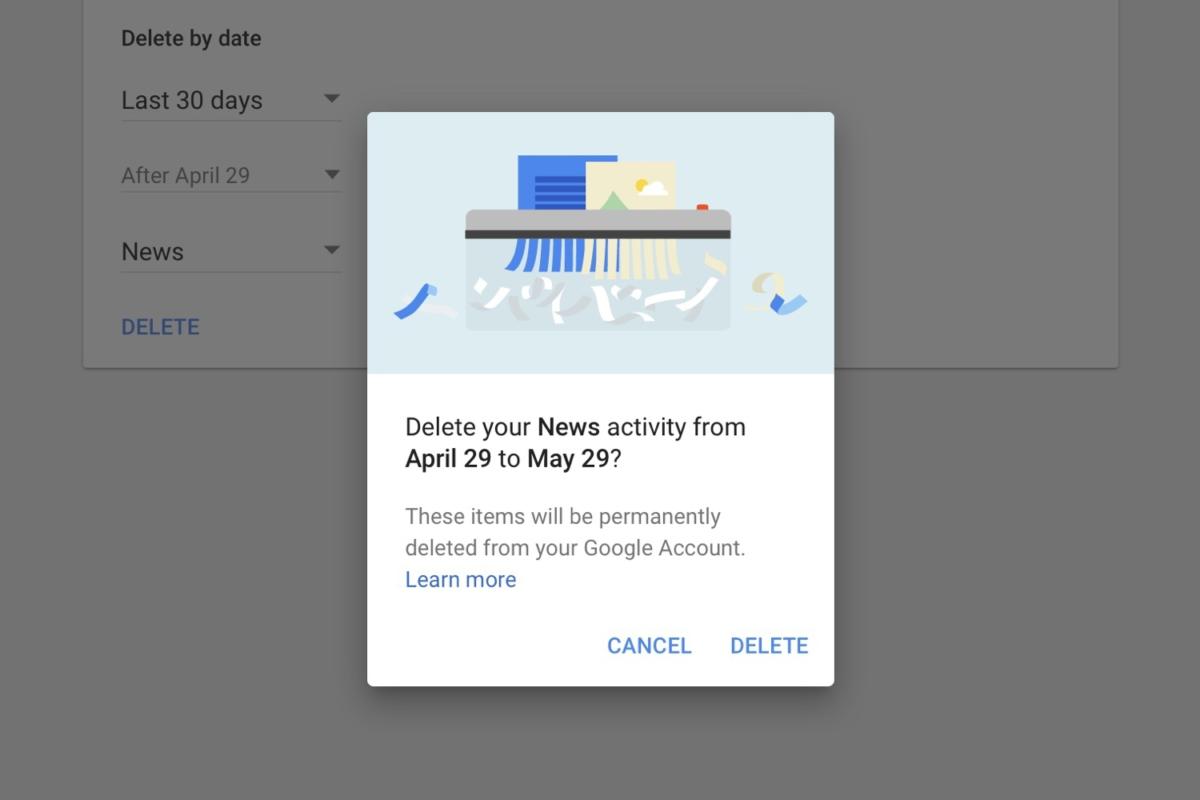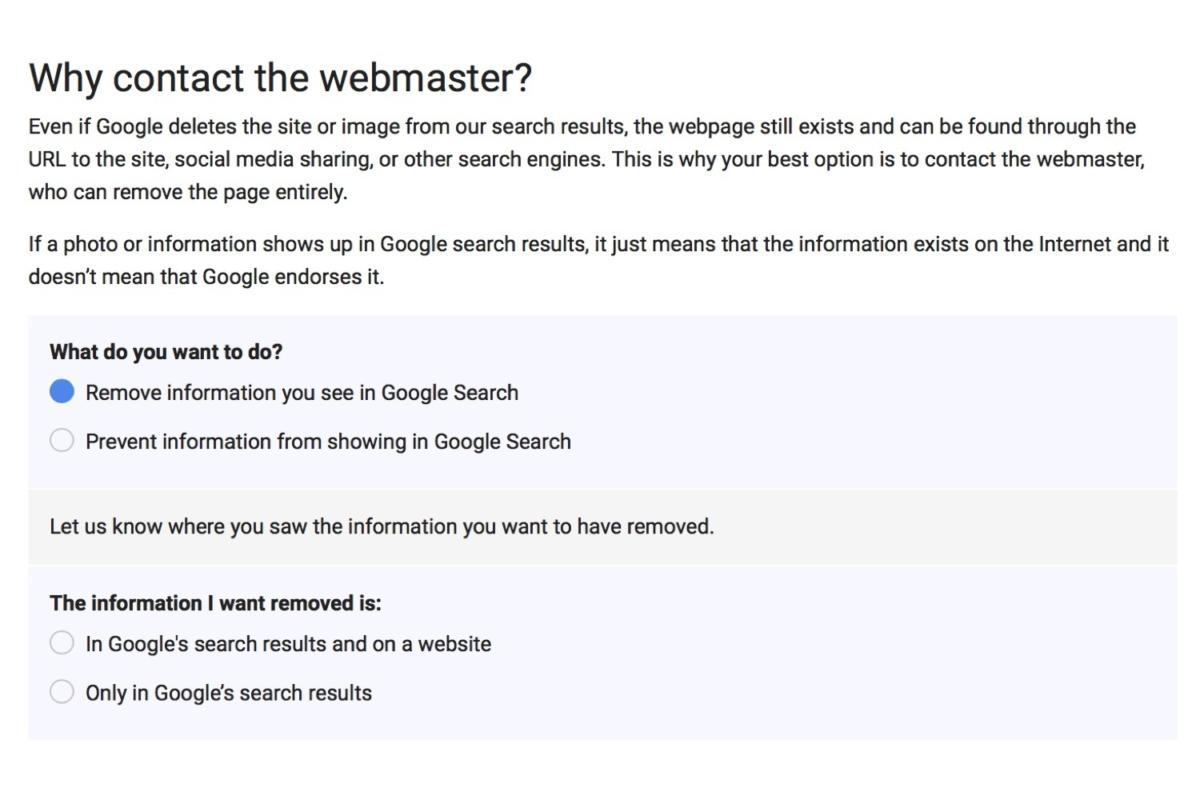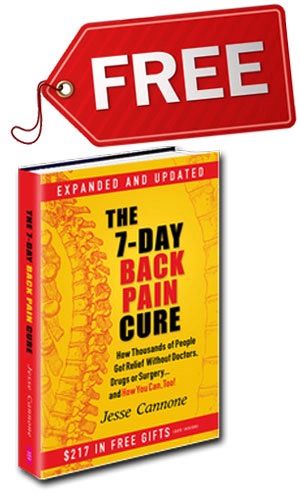Americans spent $13 billion on dietary supplements in 2013, and such spending is expected to increase to more than $15 billion by 2019.
[i] Meanwhile, just walking down the supplement aisle(s) at your local health food store can be mind-boggling, and rightfully so – there are more than 29,000 different nutritional supplements on the market today.
[ii]
Which of these are truly beneficial and which are not? That’s the burning question, isn’t it? Because you’d gladly invest in a handful of supplements if they were going to improve your health … but if not, you’d rather not flush your money down the toilet.
The truth is, there’s no one right answer, because everyone has different supplemental needs. Your age, diet, health status, weight and health goals all impact which dietary supplements could help your body thrive. That being said, there are certain supplements that are nearly universally beneficial.
And by that I mean, most Americans are seriously lacking in these nutrients and could benefit greatly from a supplement. For those of you who don’t know, our philosophy for wellness – from dietary supplements to physical activity to stress relief and more – centers on the need to identify imbalances and then bring them back into balance.
To do this you’ve got to look at deficiencies and excesses in your life, then commit to bringing up the deficiencies and bringing down the excesses. A simple example has to do with calcium. Most Americans consume high amounts of calcium but neglect to consume enough magnesium to balance it out.
Calcium causes your muscles to contract while magnesium is necessary for proper muscle and nerve function. With too little magnesium and an abundance of calcium, your muscles may go into spasm, including your heart, which is why this imbalance may actually lead to a heart attack.
I’m not telling you this to make you worry … I’m letting you know that by addressing deficiencies now you can significantly improve your health and wellness. Toward that end, if you’re wondering about dietary supplements, the following 10 are the top options to consider.
10 Supplements Virtually Everyone Needs
10. Fiber
Eating enough fiber is essential for blood sugar control, heart health, digestive health, stroke prevention and more. It can even help with weight loss and improve the health of your skin. Yet, more than 90 percent of U.S. adults and children fail to meet the recommended 30 grams a day.
[iii]
The Council for Responsible Nutrition Foundation (CRNF) even released a report showing adults 55 and over with heart disease could reduce their heart-disease-related medical events by 11.5 percent just by supplementing with psyllium, an excellent source of fiber – daily. And it would cost just .30 cents a day to do so …
[iv]
Eating more vegetables and fruits is one of the easiest ways to increase your fiber intake, but even with the ‘perfect’ diet it can be difficult to get enough every day. And if you’re not eating right, forget it. A fiber supplement, like psyllium, is highly recommended.
9. Protein
Adult woman are advised to consume about 46 grams of protein a day while men need closer to 56 grams.
[v] Most U.S. adults actually consume more protein than this on any given day,
[vi] but there are groups at risk of deficiency. Pregnant and nursing women require more than the average person, as do those engaging in intense exercise and most seniors.
In fact, seniors may need
double the typically recommended amounts of protein to prevent age-related muscle loss, especially if they’re bedridden or facing a chronic illness or injury.
[vii] Since proteins make up a major part of your skin, muscles, organs and glands, anyone who’s overcoming an injury or illness may benefit from an additional amount.
As for what type, there are many high-quality protein supplements on the market. Whey protein is a good option, but feel free to choose one that meets your unique needs (for instance, a plant-based source if you’re vegetarian).
8. Melatonin
Melatonin, which is naturally produced by your pineal gland, is well known for helping to regulate your sleep-wake cycle. It’s often recommended for people with insomnia and other sleep problems, but virtually everyone can use it to improve the quality of their sleep. It’s during sleep that your body heals and regenerates, so high-quality sleep is truly essential to wellness.
Many are also not aware that your body’s production of melatonin declines with age, making supplementation increasingly important as you get older. Plus, melatonin also plays a role in hormone balance and immune system function, and it even has antioxidant properties. Research has even shown that people who take melatonin after strenuous, high-intensity exercise have less cell damage and greater levels of an anti-inflammatory protein, lending increased support for the usefulness of this supplement across the board.
[viii]
7. Whole-Food-Based Multivitamin
Many Americans have serious nutrient gaps and do not get nearly enough of certain nutrients to be optimally healthy. While you may not be lacking enough to be
deficient (but then again, you might), you may be getting inadequate levels for optimal health. For instance, research suggests a large number of Americans are not getting enough vitamins A, C and E and B vitamins.
[ix]
It’s certainly possible to get all the nutrients you need from nutrient-dense foods – but, be honest, you may not be eating these nutrient-dense foods daily, at every meal. A green smoothie or green superfood powder can be a good addition here, but you can also find whole-food-based multivitamins in capsule or tablet form.
6. Ionic Multi-Mineral Supplement, High in Magnesium
I recommend you use a separate supplement for minerals than your typical multivitamin (some are combined multivitamin-mineral supplements). Trace minerals like nickel, silver, zinc, tungsten and many others are essential for the proper function of your body and play a role in helping prevent degenerative conditions, including joint pain.
Ionic minerals exist in an unstable state that allows them to bond readily with water so they’re easily absorbed by your body. Their positive or negative charges also combine into a dynamic electrical flow that helps move nutrients into your body.
Choose a variety high in magnesium, as research suggests only about 25 percent of US adults are getting the recommended daily amount of 310 to 320 milligrams (mg) for women and 400 to 420 for men.
[x] Minerals sourced from seawater are naturally high in magnesium.
Magnesium is important for your heart, muscles, kidneys and more, and deficiency is a major cause of fatigue, weakness and abnormal heart rhythms. Research from CRNF found that nearly $7 billion in avoidable hospital costs could be saved from 2013-2020 if more Americans used magnesium supplements.
[xi]
5. Probiotics
Probiotics are beneficial bacteria that help maintain the natural balance of microflora in your intestines. They’ve been growing in popularity in recent years, as research has shown that probiotics can support your immune system health, enhance your digestion, help you make essential vitamins and absorb nutrients from your food, soothe inflammation in your gastrointestinal tract … and the benefits go on and on.
Probiotics have actually been revered for centuries in cultures around the world, where they have traditionally been consumed in
fermented foods like kefir, sauerkraut and lassi (an Indian yogurt drink). In the modern day, however, most of us do not eat enough fermented foods to ensure a regular supply of these healthy “bugs.” That, and environmental onslaughts like antibiotics, chlorinated water and an excess of sugar in our diets further degrades the healthy microflora that would otherwise be in our guts …
A probiotic supplement, ideally one with multiple bacterial strains that are also acid- and bile-resistant, is invaluable if you don’t regularly consume fermented foods.
4. Digestive Enzymes
Digestive enzymes convert the food you eat into small molecules that your body uses as fuel. They break down fats into fatty acids and proteins into amino acids, for instance, Other enzymes, such as maltase and lactase, help to convert certain sugars into glucose while an enzyme known as renin helps you to digest proteins specifically found in milk.
Digestive enzymes are very useful, especially if you suffer from regular gas, bloating, abdominal pain, heartburn, leaky gut or other signs of trouble with digestion. Taking them orally with a meal may also help you from becoming deficient and straining your digestive system.
Look for a digestive enzyme high in enzymes that digest fats – lipase – as this will help you to avoid the “post-lunch coma.” The enzymes will break down the fats you eat into fatty acids you can use for instant energy. You also want a broad-spectrum formula that will contain a variety of enzymes (as each serves a different, useful purpose).
3. Fish Oil with CoQ10
The anti-inflammatory omega-3 fats found in fish oil have been proven helpful for heart health, memory and cognitive function, healthy pregnancies and fetal development, skin health, anti-aging benefits, mood support and even improving dry eye symptoms.
Most Americans don’t eat nearly enough fish to get these healthy fats on a daily basis, which is why supplementation with high-quality fish oil is so beneficial. According to CRNF, nearly $4 billion in coronary heart disease-related savings could occur from 2013-2020 if more Americans used omega-3 supplements at preventive intake levels.
[xii]
Omega-3 deficiency has even been described as the sixth biggest killer of Americans, causing 96,000 deaths each year.
[xiii] I recommend a source that also contains CoQ10, for the added benefits to your heart.
2. Vitamin D3
About 41 percent of U.S. adults are deficient in vitamin D, and many more have levels that are below optimal.
[xiv] Among the elderly, who have a decreased ability to make vitamin D from sunlight, and African Americans, who have higher levels of melanin in their skin (which reduces your skin’s ability to produce vitamin D) rates of deficiency are even higher.
Inadequate vitamin D levels have now been linked to a growing number of health conditions, from heart disease and cancer to autoimmune diseases and infections (including the flu).
And you don’t want to be in the “average” or “normal” range, which is said to be 30-50 ng/ml. What research is revealing is that in order to reap all the health benefits vitamin D has to offer, you need to be in the optimal range, which is 50-80 ng/ml.
You can get vitamin D from sensible sun exposure, but if you’re not able to spend time outdoors every day, a vitamin D3 supplement will be necessary. Have your levels tested and work with a health care provider to determine the right dose for you to get your levels into the optimal range.
And be sure you’re taking vitamin D3 (cholecalciferol), which is the type produced in your skin, and
not vitamin D2 (ergocalciferol), a synthetic form. Vitamin D3 has been found to increase blood levels of vitamin D more effectively than vitamin D2.
[xv]
1. Systemic Enzymes
Systemic enzymes are designed to survive your stomach acid, allowing them to enter your small intestine and be absorbed into your bloodstream
[xvi] — and that’s where the real ‘magic’ happens. Systemic enzymes fight inflammation and stimulate your immune system, making them useful for conditions such as:
[xvii]
- Osteoporosis
- Lupus
- Ankylosing spondylitis
- Bronchitis
- Sinusitis
- Prostatitis
- Cystitis
- Pelvic inflammatory disease
- Shingles
- Ulcerative colitis
Beyond this, systemic enzymes have shown promise for heart health, immune support and more. Proteolytic enzymes are naturally produced in your pancreas, but your natural production declines with age; these inflammation-busters become largely depleted as you hit 40 and over.
In fact, a newborn baby has 100 times more enzymes than an elderly person, and even a 20-year-old has double the enzyme levels of a 70-year-old. If you have blood-clotting disorders, chronic fatigue, high cholesterol, obesity or other chronic health ailments or even grey hair, these could be signs that you’re already enzyme deficient.
If you don’t eat perfectly (including raw foods on a daily basis), the chances that your body is lacking in these crucial catalysts is even higher.

Click Above to Learn More!
Fortunately, there’s
Heal-n-Soothe, the best systemic enzyme formula to replenish your body’s supply of vital enzymes. Heal-n-Soothe®” not only gives you the healing power of systemic proteolytic enzymes in a convenient capsule but it combines it with additional anti-inflammatory ingredients to support optimal health.
Systemic enzymes must be consumed on an empty stomach (if you take them with food, your body may use them for digestion before they have a chance to enter your bloodstream).

